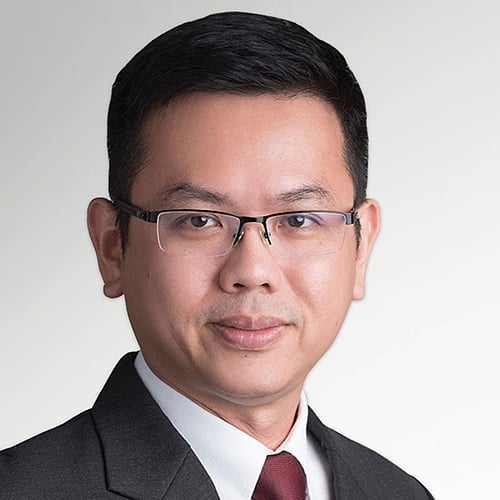Choice overload has stained the personal finance industry. Today, investors often experience a state of paralysis, unable to arrive at a decision because their mind is overwhelmed by too many options. But even with an abundance of choice, investors in Singapore are not able to access the appropriate wealth management services for their specific needs, as highlighted in a recent Accenture report which found that less than half (46%) of investors are satisfied with their primary wealth manager.
Instead of heavily scrutinizing the pros and cons of one wealth manager vis-à-vis another, investors should focus on themselves, their overall objectives, and how much risk they are willing to take. They should seek platforms and partners that are willing to actively manage their portfolios and provide genuine, personalized advisory services. Tailor-made solutions, which were traditionally only available to the ultra-wealthy and managed through a private bank, are now becoming accessible to everyone.
Know what you are paying for
Today, most people in Singapore typically seek wealth management services from five sources: banks, insurance companies, independent financial advisers, external asset managers, and robo-advisers. The most common pain points for investors in terms of what they are offered by these providers generally relate to issues of conflicts of interest, high fees, and ultimately the fact that products and services that investors receive are not always built with the investors’ interests in mind.
As a shortcut, banks and advisers will assign their clients to different risk categories and assign a pre-defined portfolio that is the “closest” fit to their perception of the client’s risk appetite. Those portfolios very often include highly priced mutual funds where the fund manager will pay the bank an annual amount if the client stays invested in their fund.
This payment is called a trailing commission and it is still a common practice in Singapore despite being outlawed in much of Europe, the United Kingdom and Australia. Many advisers’ remuneration is directly linked to how many trailing commissions they can accrue in their clients’ portfolios.
These high fees come out of the performance of the funds, which of course means they reduce the value of the investor’s portfolio. If the total cost of advice fees and fund charges to an investor is 2.5% per year, over time that can add up to a very large reduction in the return on their investments.
As an example, US$300,000 invested earning a return of 8.5% per annum would be worth over US$1 million after 15 years. With 2.5% in fees per year, this amount slumps to only US$720,000. An investor with no fees will have 42% more at the end of the 15 years, or the same amount four years earlier.
Investors should only settle for portfolios that are tailored to their risk appetite, loss aversion, goals and aspirations, and that are not loaded with hidden fees and trailing commissions. To do this effectively, every portfolio needs to be unique; this is a real problem for banks and advisers as it is impossible to scale using a traditional advice model with branch or office-based financial advisers.
But amid heightened market volatility and rising inflation woes, delivering investment returns could become more challenging, and therefore it is more essential than ever that an investment plan is unique and customized to each individual’s needs.
A hybrid model: best of both worlds
Even as many investors are looking for customized portfolios, plenty are currently under-served in Singapore, as existing robo-advisers offer largely simple digital solutions with a relatively low degree of customization.
Notably, in an EY report on global wealth trends, 39% of respondents in Singapore indicated a preference for a hybrid model of both wealth adviser and digital platform as their preferred method of engagement. The attraction of a hybrid model is that it suits those who wish to use a more “hands-off” approach to investing but still require a personal, human experience.
While wholly digital platforms can be competitive and effective, there is also no replacement for the level of trust and understanding gained through your relationship with a human wealth adviser.
Navigating the markets can be an intimidating experience, even more so in times of uncertainty and volatility. But investors should not be held back by fluctuating market movements and complex and opaque prices, and they certainly should not be losing out on achieving their life goals because the current advisory models are not designed to suitably meet their needs.
There are now options available, including in Singapore, which help investors create a personalized portfolio to reach their financial goals based on their time horizon and risk profile, while providing full transparency into the value of an investor’s portfolio. Today’s investor shouldn’t settle for anything less.
While it may sound incredible, it is absolutely possible for all investors to access wealth management services with very little hassle and a high degree of transparency and control, so there is no reason for investors to lose out on making the most of their investments.
Adam Reynolds is Asia-Pacific chief executive officer of Saxo Markets









